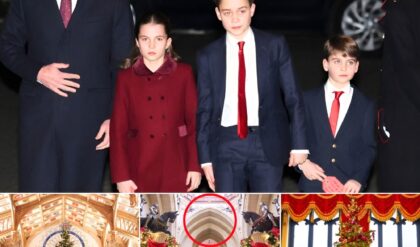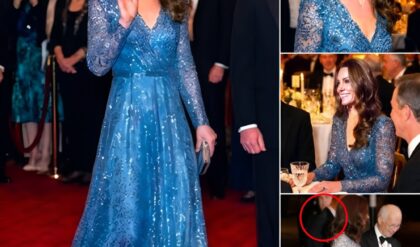FX’s Shogun has taken the streaming world by storm, but there are plenty of films with similar appeal.
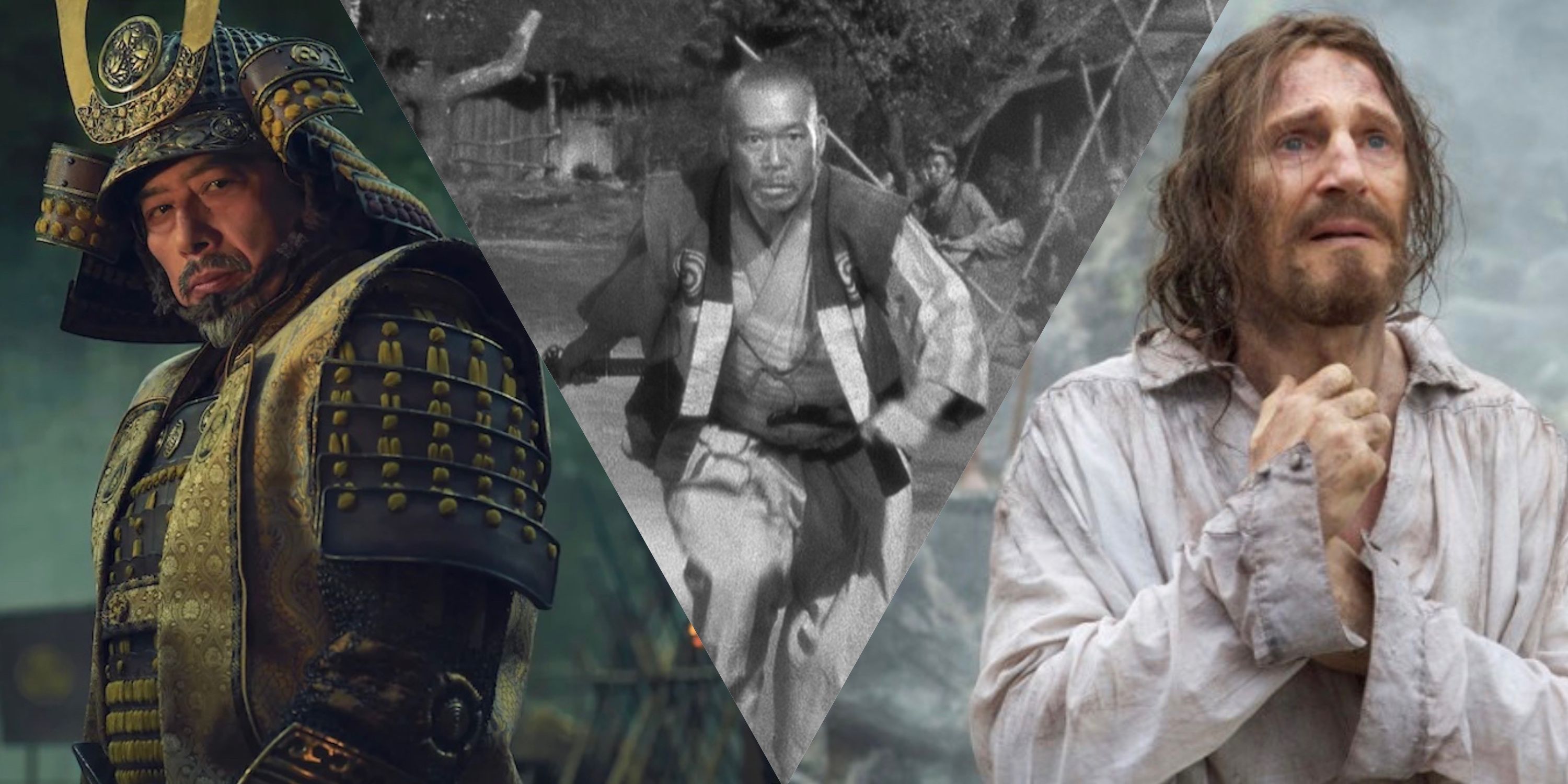
FX’s new limited series Shōgun has quickly become a major hit with both critics and fans. The series is the second adaptation of James Clavell’s novel of the same name and brings together the aesthetics, traditions, and political upheaval present in the final years of Japan’s Warring States (Sengoku) Period. In addition to this, it’s plot is presented from the perspective of an outsider — the first Englishman to make it to Japanese shores.
The world of Shōgun is richly drawn, and the cultural disparities between its characters are so deeply explored that views can’t help but be sucked into the time period. Shōgun is just the latest in a long line of stories to become fascinated with this culture and part of history, and there’s much for audiences to explore if they simply can’t get enough of it.
10The Last Samurai Is An American Shōgun
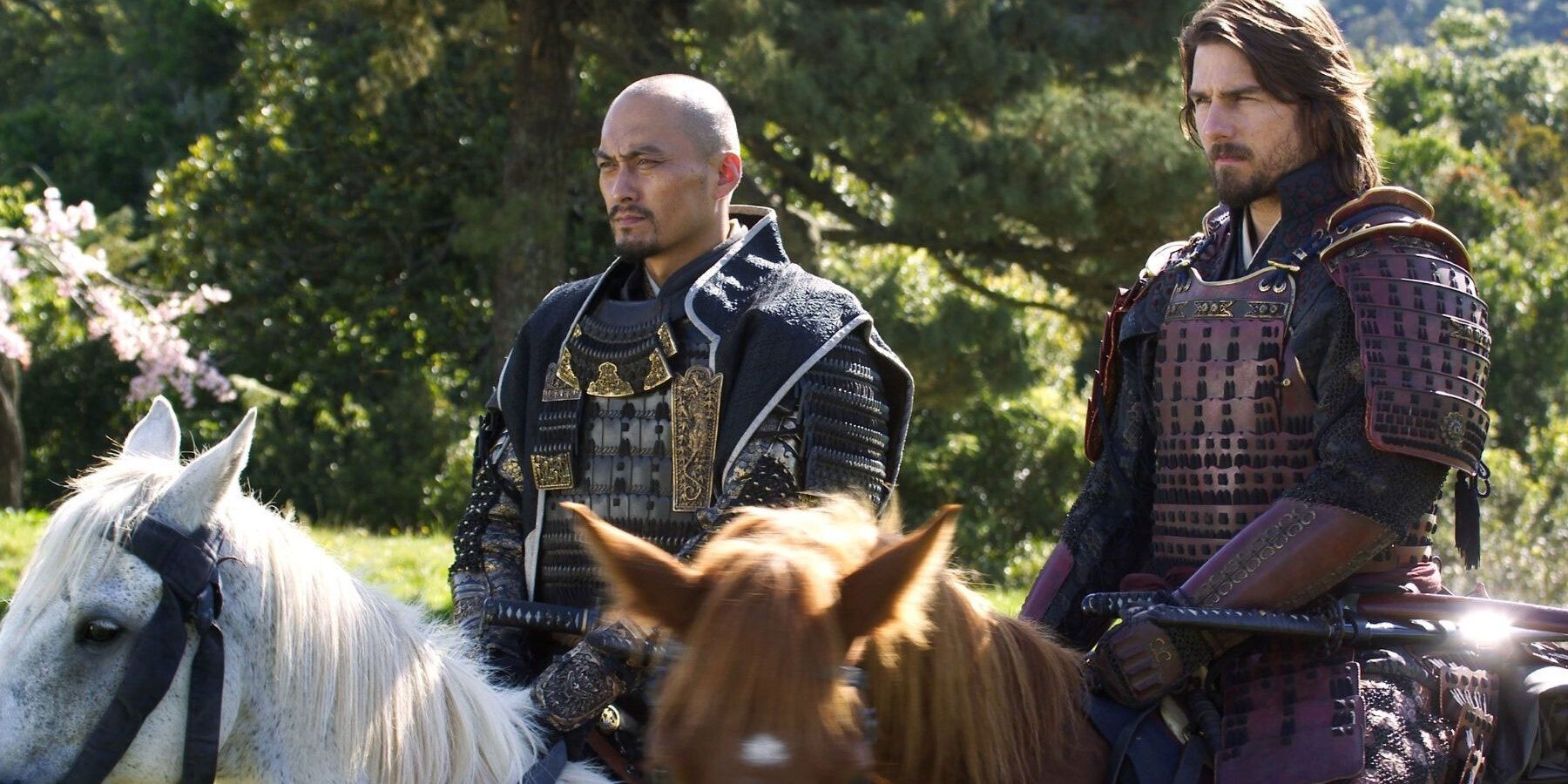
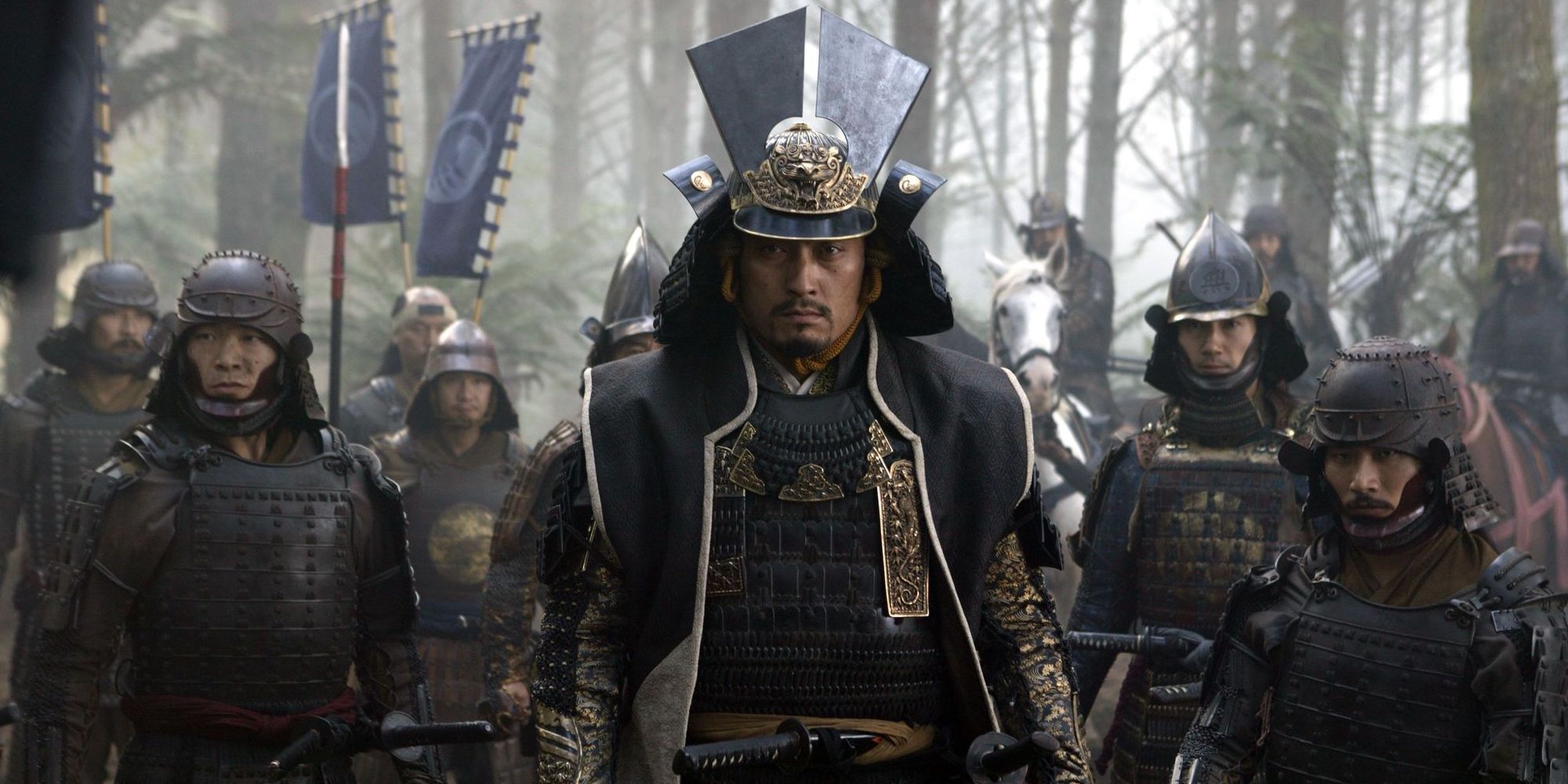
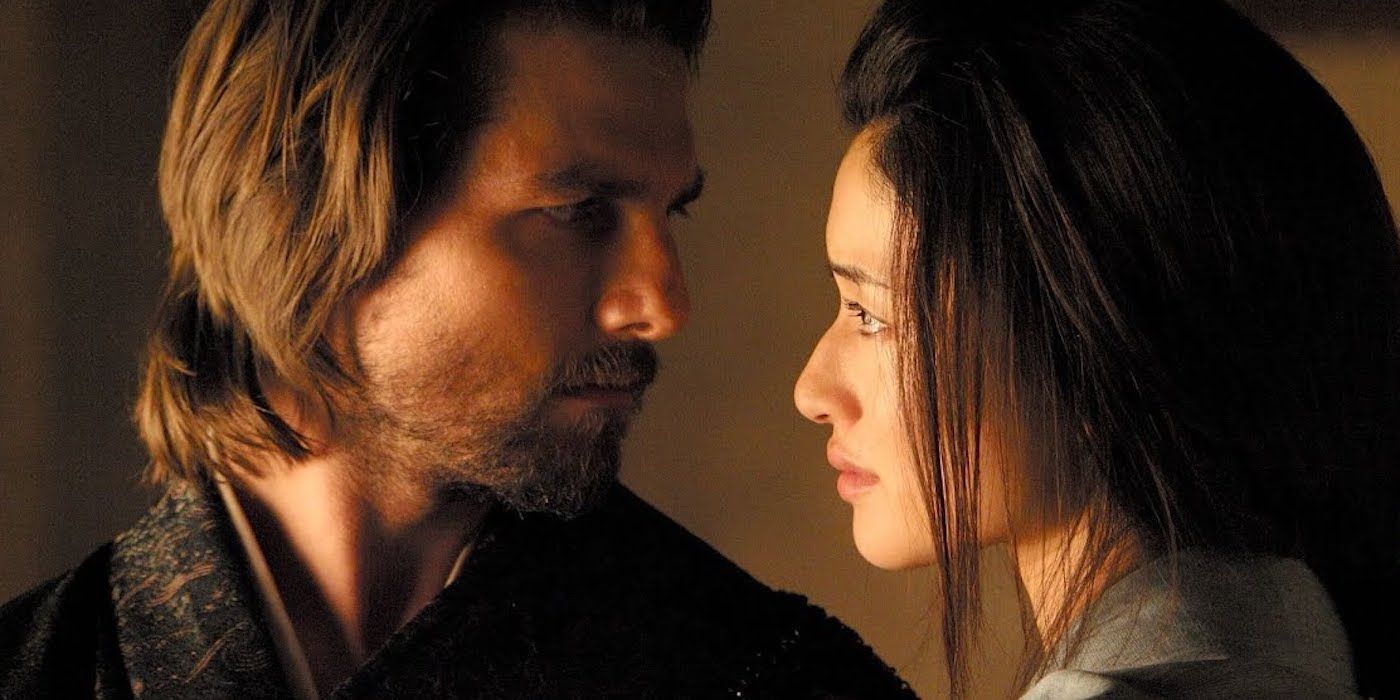
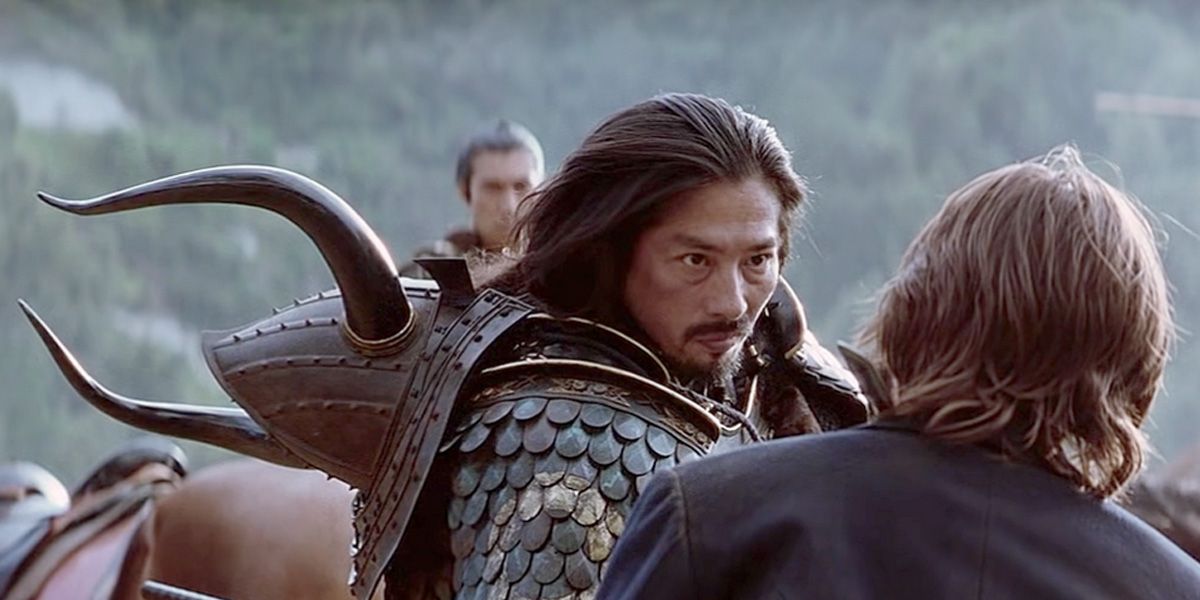
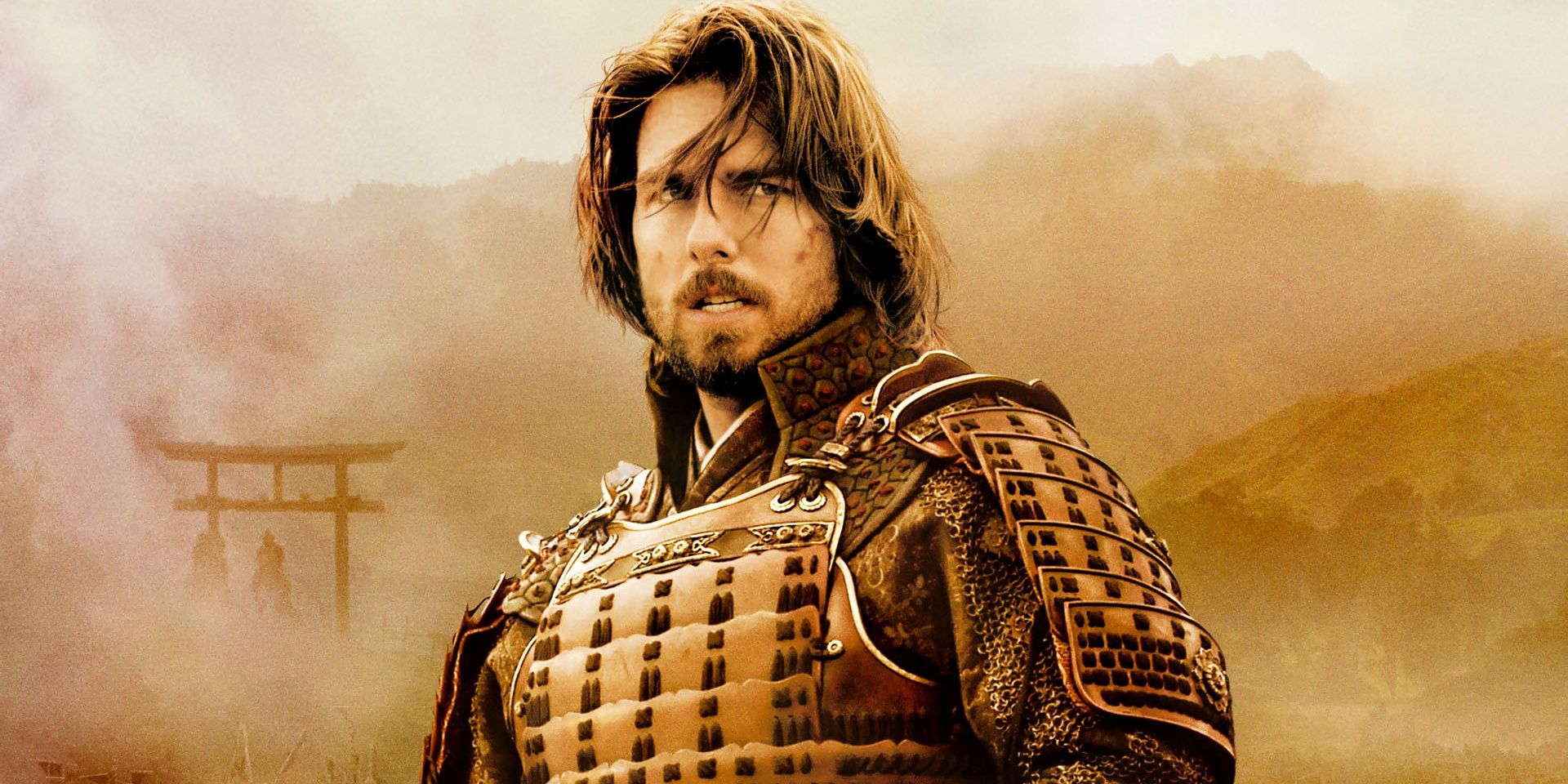
RT Score
Letterboxd Rating
Where to watch
66%
3.7
Available to buy/rent
2003’s The Last Samurai, starring Tom Cruise and Ken Watanabe, is probably the closest to a director comparison with Shōgun. Both are works of historical fiction that depict a Westerner traveling to Japan, learning about their ways, and helping a group fight in a civil war.
The Last Samurai is set at the start of the Meiji Restoration in the late 19th century. Cruise plays a US Army captain haunted by his past, while Watanabe is the eponymous Last Samurai, fighting for his country to maintain its traditional way of life. Not as historically faithful or culturally accurate as many would demand, The Last Samurai is a large-scale Hollywood action epic — a breed not often seen in recent years.
The Yakuza Gives A 20th-century Take On Shōgun
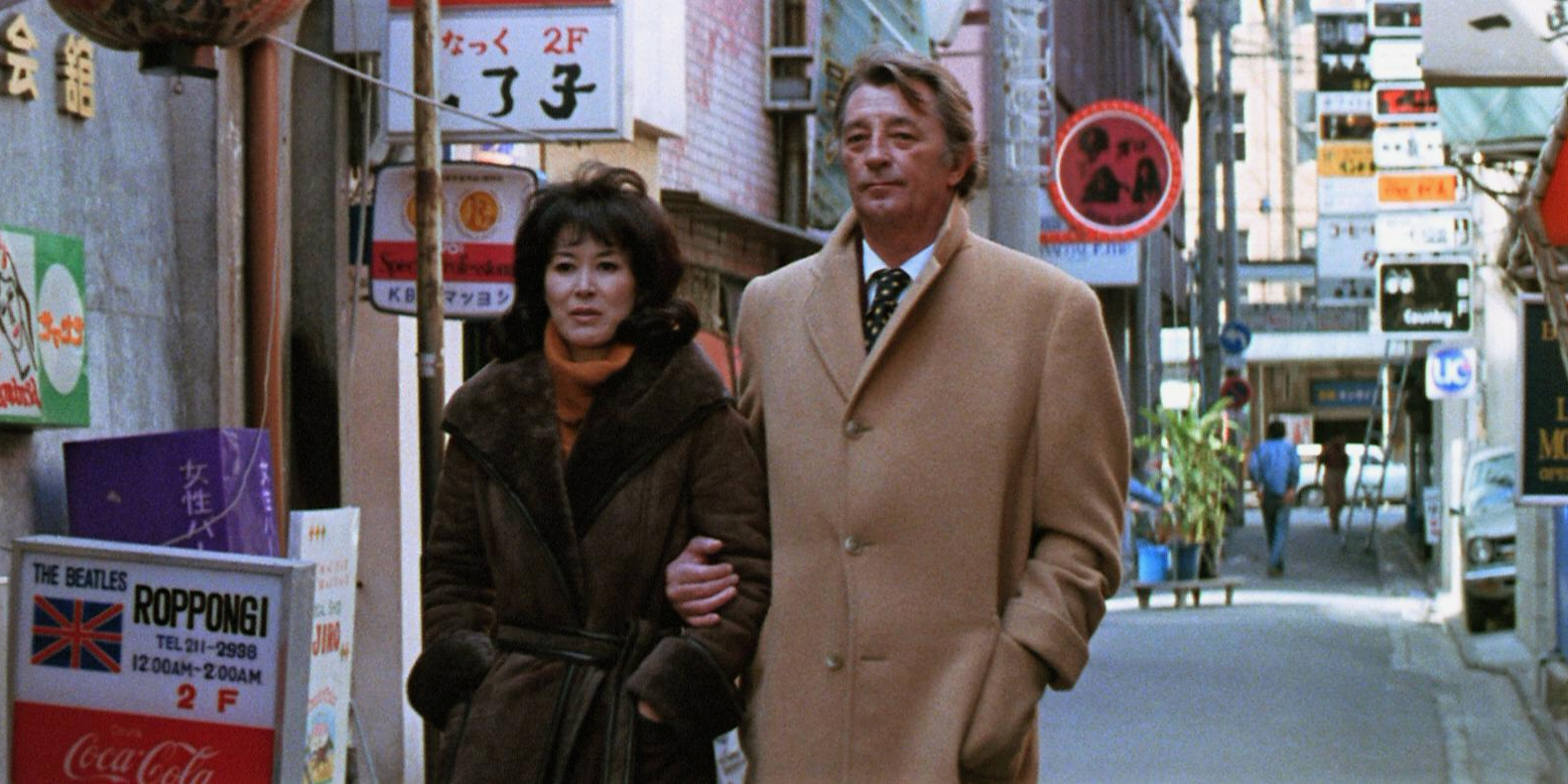
RT Score
Letterboxd Rating
Where to watch
58%
3.7
Available to buy/rent
Similar to Shōgun, the 1970s neo-noir The Yakuza is all about the clash between East and West. Directed by the legendary Sidney Pollack from a screenplay by Robert Town (fresh off of Chinatown) and Paul Schrader (right before he penned Taxi Driver), The Yakuza stars Robert Mitchum as a retired detective who returns to Japan to rescue a friend’s daughter who’s been kidnapped by the Yakuza.
The film was released to mixed reviews, as critics found the plot too difficult to grasp, but it has since gone through somewhat of a reappraisal. Mitchum and co-star Ken Takakura give incredibly powerful performances, and the film isn’t afraid to immerse the viewer in Japanese culture.
Hell in the Pacific Traps Two Warring Sides Together
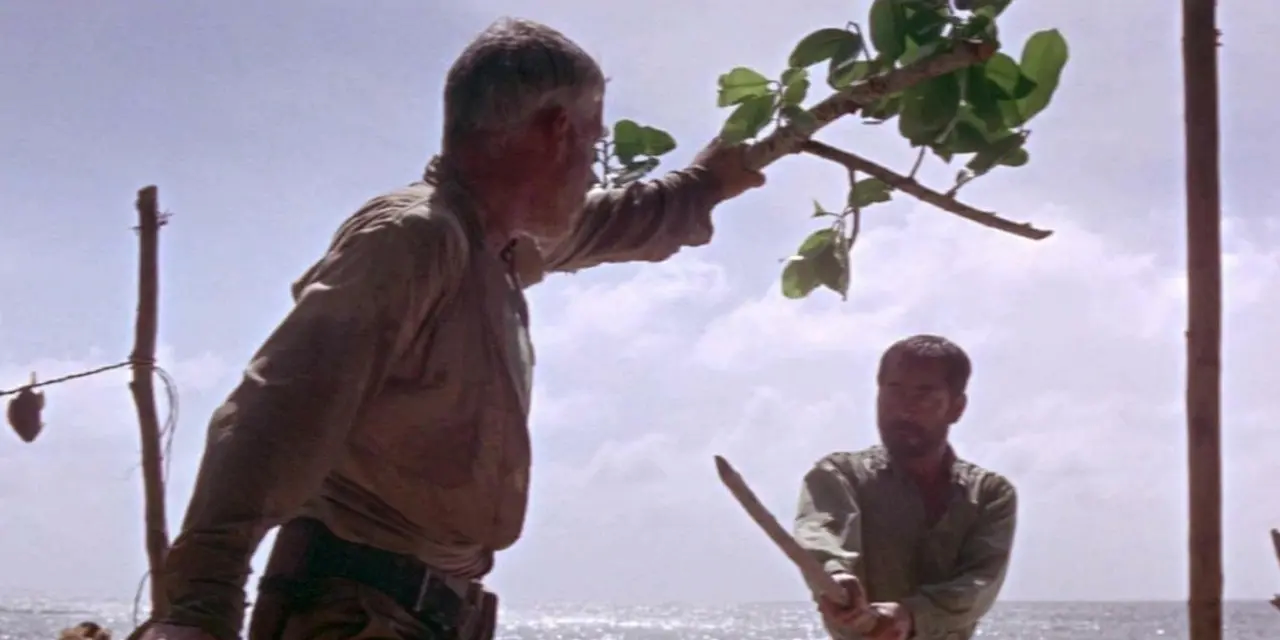
RT Score
Letterboxd Rating
Where to watch
67%
3.7
Available to buy/rent
Another film about making a connection between East and West, Hell in the Pacific, is a brutal depiction of coming together in times of war. During World War 2, two servicemen, one American (Lee Marvin) and the other Japanese (Toshiro Mifune), are stranded on an uninhabited desert island in the Pacific Ocean.
The two men don’t speak the other’s language, and the film doesn’t use subtitles, so the audience is also in the dark. The pair start off as enemies, bringing their war to the small island, but soon learn that they need each other to survive. Both actors were veterans of the Pacific War, and Mifune (who will come up a few more times on this list) played Toranaga in the original adaptation of Shōgun.
The Assassin Depicts a Great Test of Loyalty
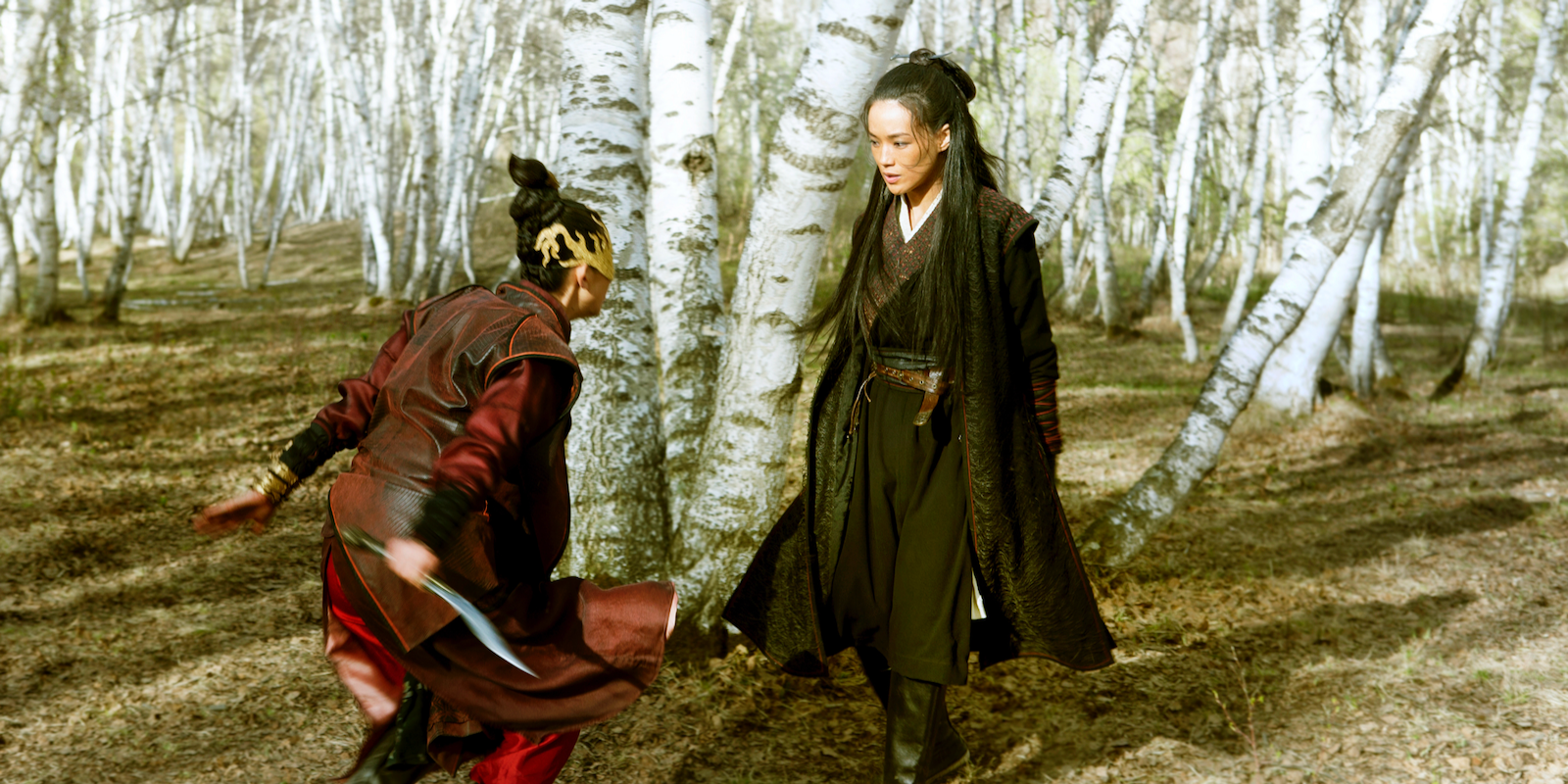
RT Score
Letterboxd Rating
Where to watch
80%
3.5
Freevee and Peacock
Leaving Japan briefly, the Taiwanese Wuxia film The Assassin, loosely adapted from the seventh-century Chinese martial arts story, is a good depiction of Eastern values and honor. The film centers on Nie Yinniang (Shu Qi), an assassin in Tang Dynasty China tasked with killing a government official.
After failing in her mission, Nie is tasked with killing her cousin to prove her loyalty. Sight and Sound named The Assassin the best film of 2015. the film’s gorgeous cinematography and lethargic pace allows the audience to sit and absorb details of the world as it washes over them. While a rather different world from Shōgun, The Assassin still opens itself up for a viewer to live in its historical fantasy.
13 Assassins Results From Warring Japanese Politics
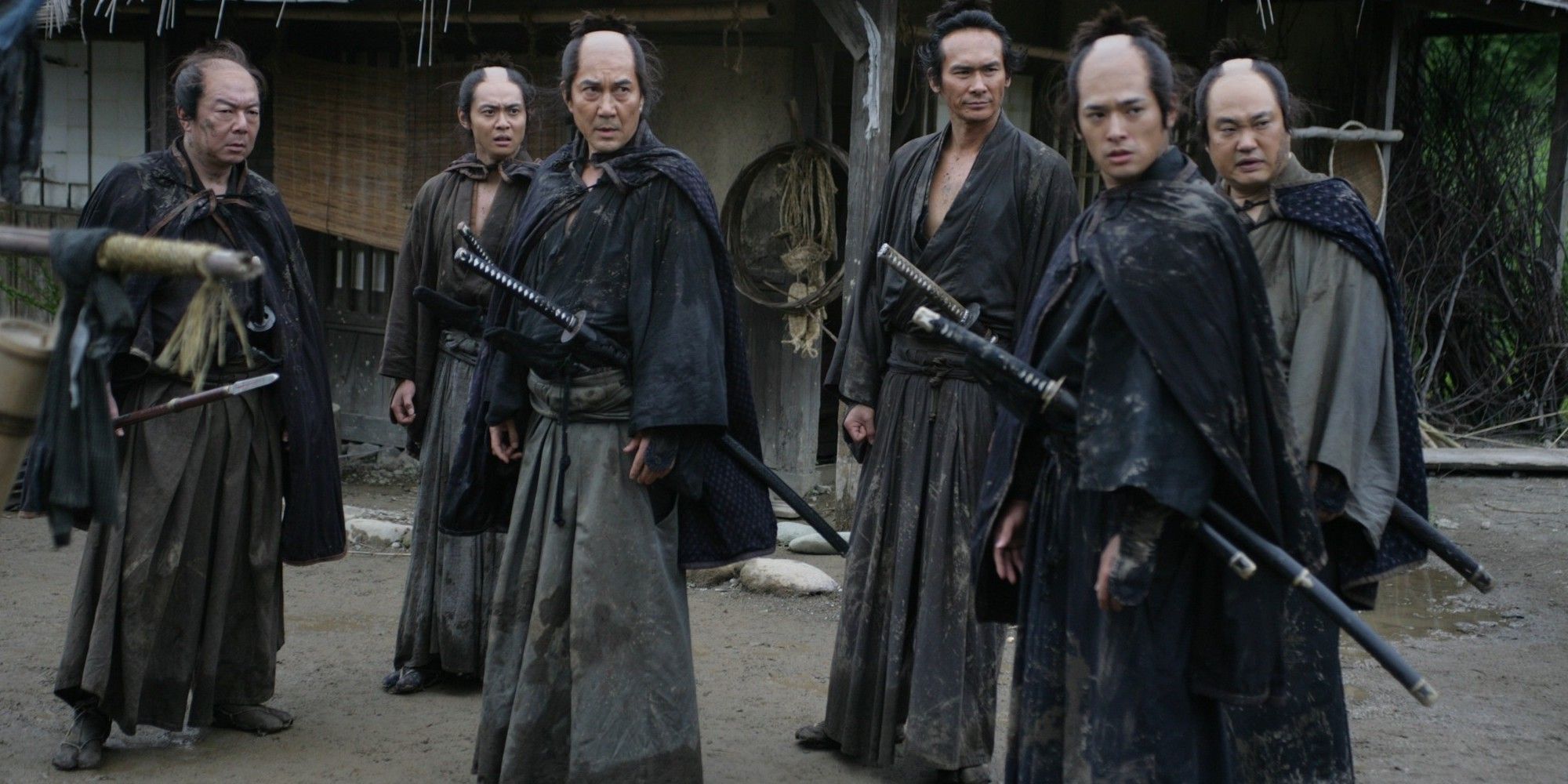
13 Assassins culminates with a 45-minute-long, spectacularly shot action sequence that expertly weaves together and ties up all the various plot lines. Despite the exposé of blood and violence, 13 Assassins never forgets to keep its characters in the center. It is a film about corruption and justice — the violence is what results when those things fall apart.
The Hidden Fortress Shows a Violent Version Of Historic Japan
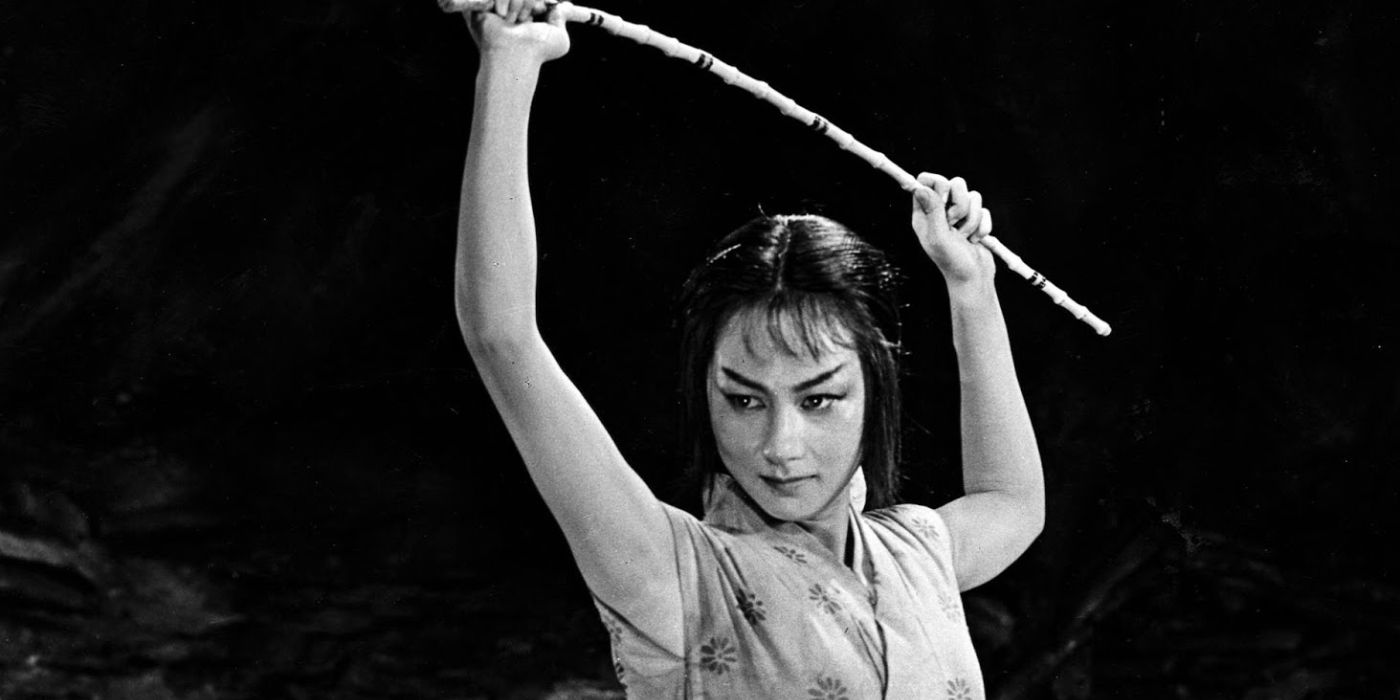
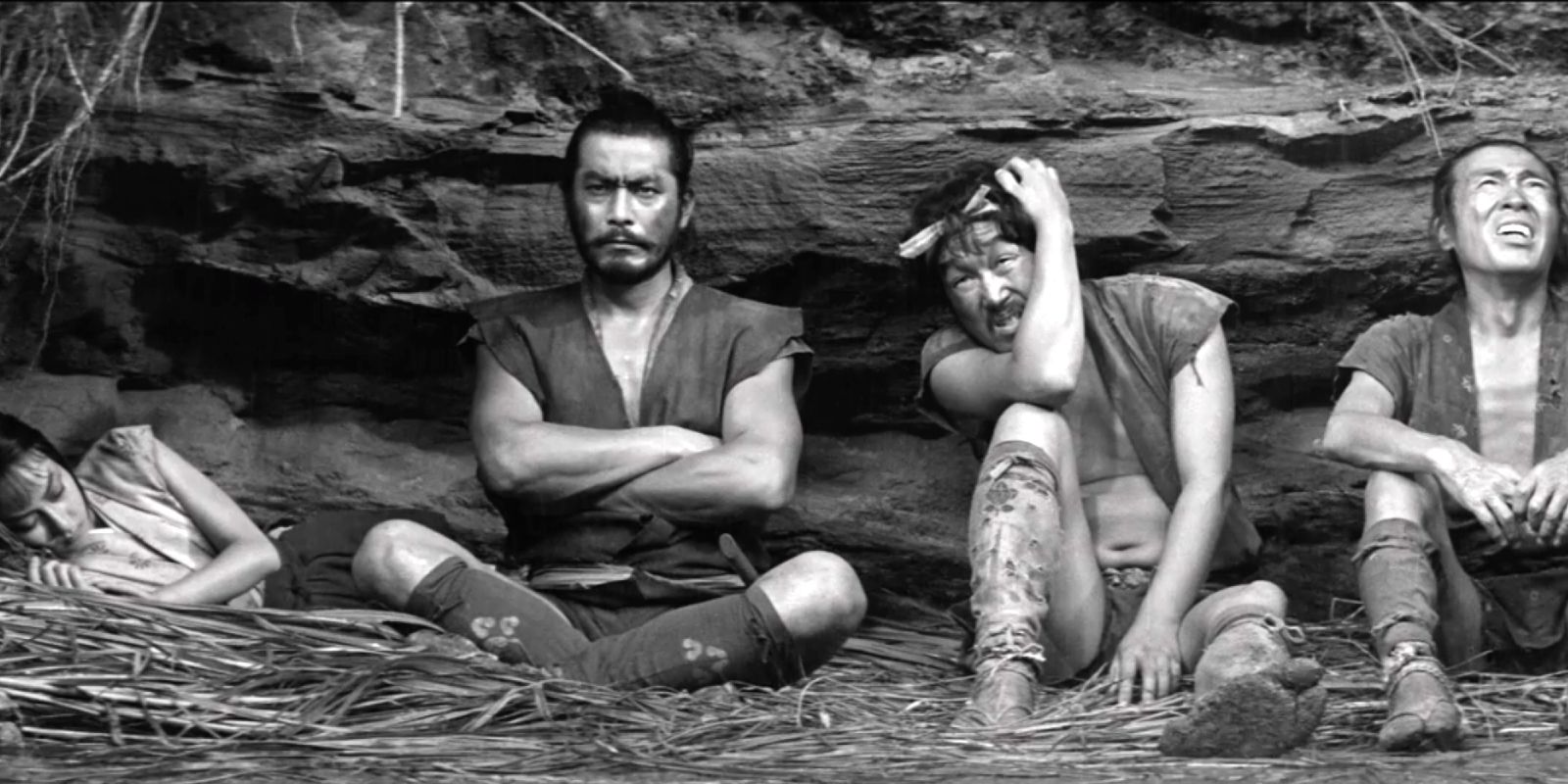
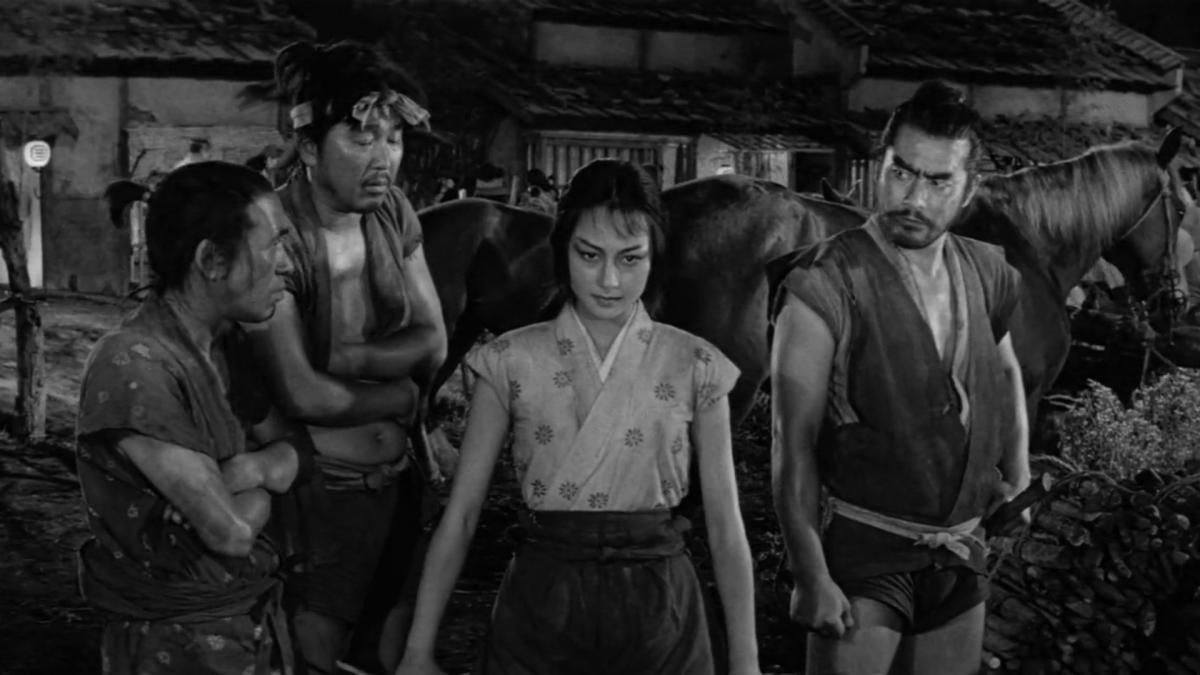
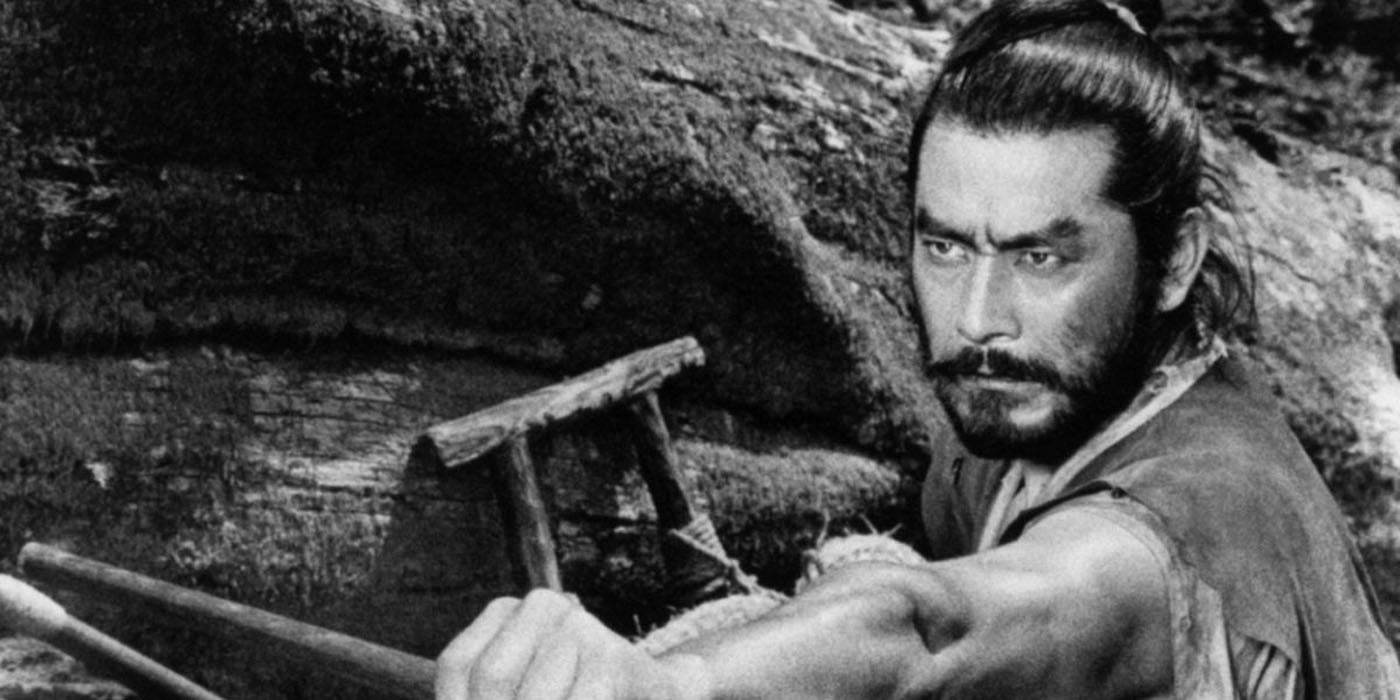
RT Score
Letterboxd Rating
Where to watch
96%
4.1
Max and The Criterion Channel
Akira Kurosawa’s 1950s samurai adventure film, The Hidden Fortress, depicts a journey across Japan’s Warring States Period. The film centers on Princess Yuki (Misa Uehara), the last survivor of her clan, who was conquered by a neighboring invader. It follows Yuki as she tries to escape enemy territory with the help of her loyal general (Toshiro Mifune) and two peasants (Minoru Chiaki and Kamatari Fujiwara).
The film was Kurosawa’s attempt at making a simple, crowd-pleasing adventure film. However, it still managed to capture the ever-present danger of the Warring States Period and drew attention to how the nobility use commoners in times of war. Those who watch The Hidden Fortress may find it familiar, as it was George Lucas’s chief inspiration for Star Wars: A New Hope and later The Phantom Menace.
Silence Dealt with the Conflict Against the Portuguese Priests
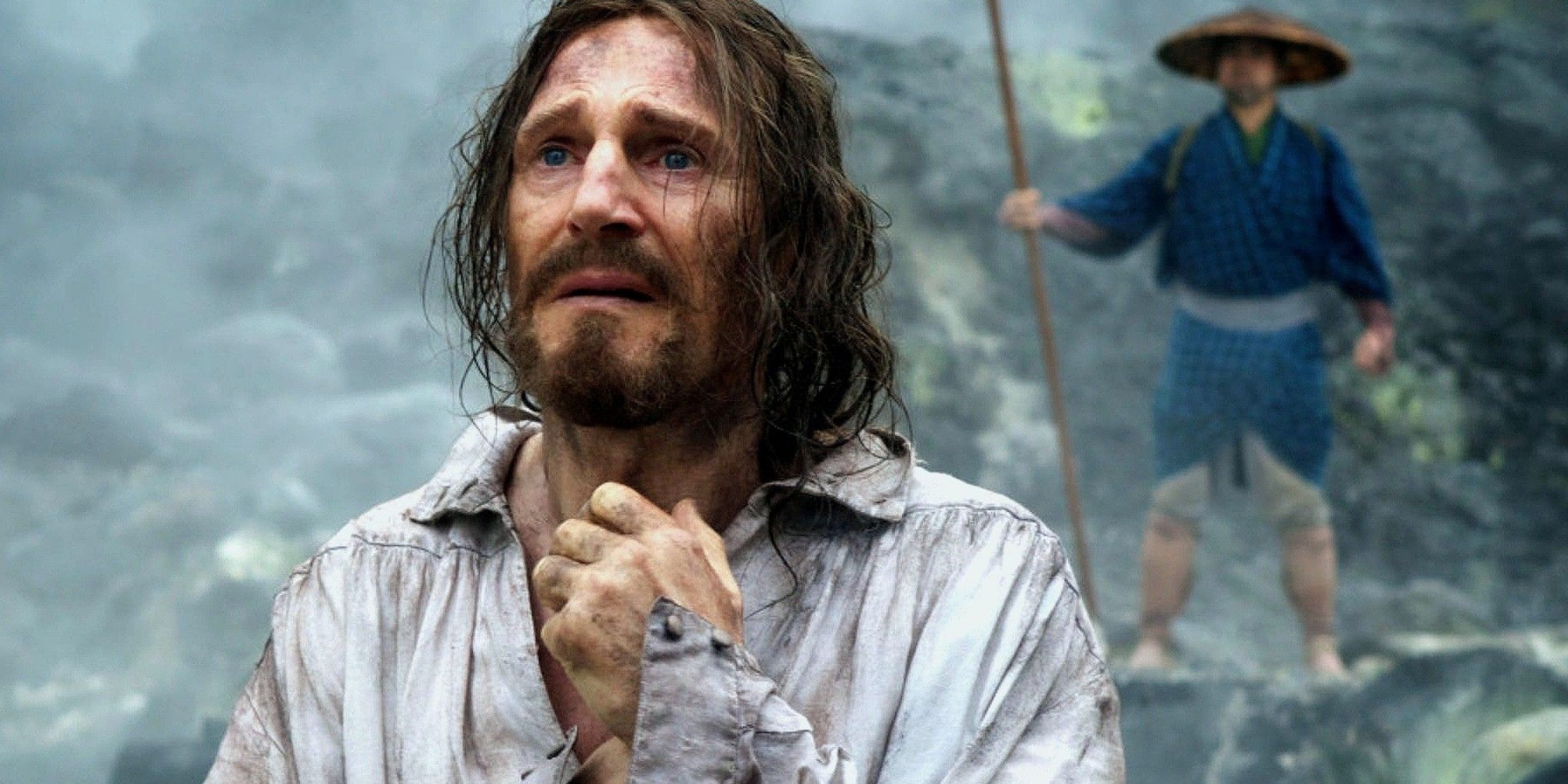
RT Score
Letterboxd Rating
Where to watch
83%
4.0
Showtime
One of the main plot lines in Shōgun explores the conflict between the Portuguese Catholics, the English Protestants, and the Japanese. Martin Scorsesse’s film Silence picks up about 40 years after Shōgun and carries on this story. It’s a time when Japanese Christians have been forced into hiding, and the power of the church has been greatly diminished.
The film follows two Portuguese Catholic priests (Andrew Garfield and Adam Driver) who travel to Japan to find their old mentor (Liam Neeson) and reignite the Catholic mission in the nation. Silence is an exploration of the challenges of faith, but it also depicts Japan post the events of Shōgun.
Kagemusha Is a True Japanese Epic
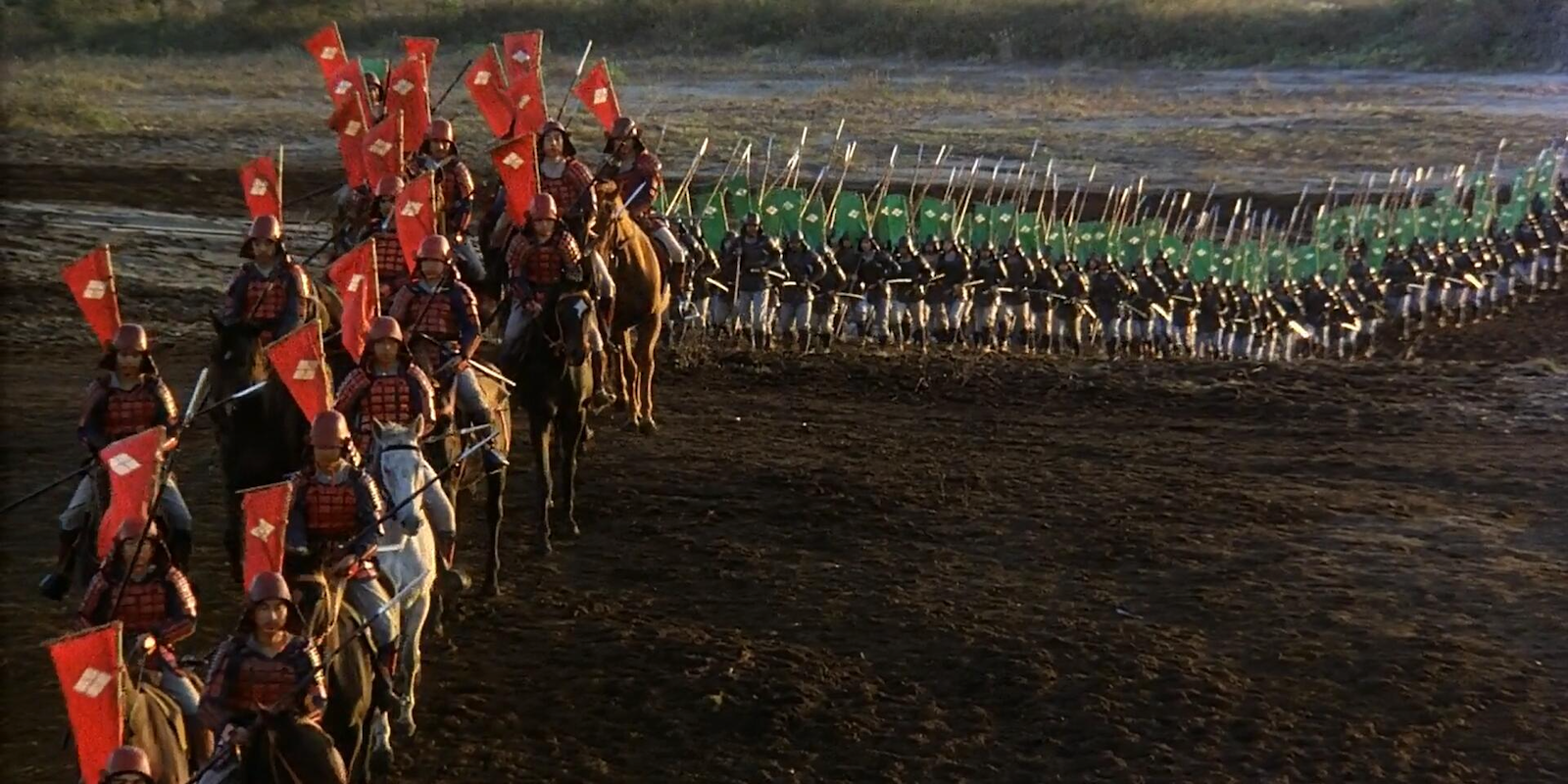
RT Score
Letterboxd Rating
Where to watch
89%
4.2
Fubo
Akira Kurosawa’s color samurai epic Kagemusha sets the stage for the political tensions that permeated at the time of Shōgun. Set around 30 years before the FX series, Kagemusha follows a peasant (Tatsuya Nakadai) who is trained to act as a Daimyo’s (clan leader) body double. When the Daimyo dies, the peasant is used as a puppet to falsify the clan’s strength.
Kagemusha’s climax depicts the battle of Nagashino, a decisive moment in the conflict to unify Japan, which results in the political landscape at the start of Shōgun. The film is a true epic in every sense of the word; every battle scene is a collage of movement and color that fills the frame.
Harakiri Is the Ultimate Film About a Samurai’s Honor
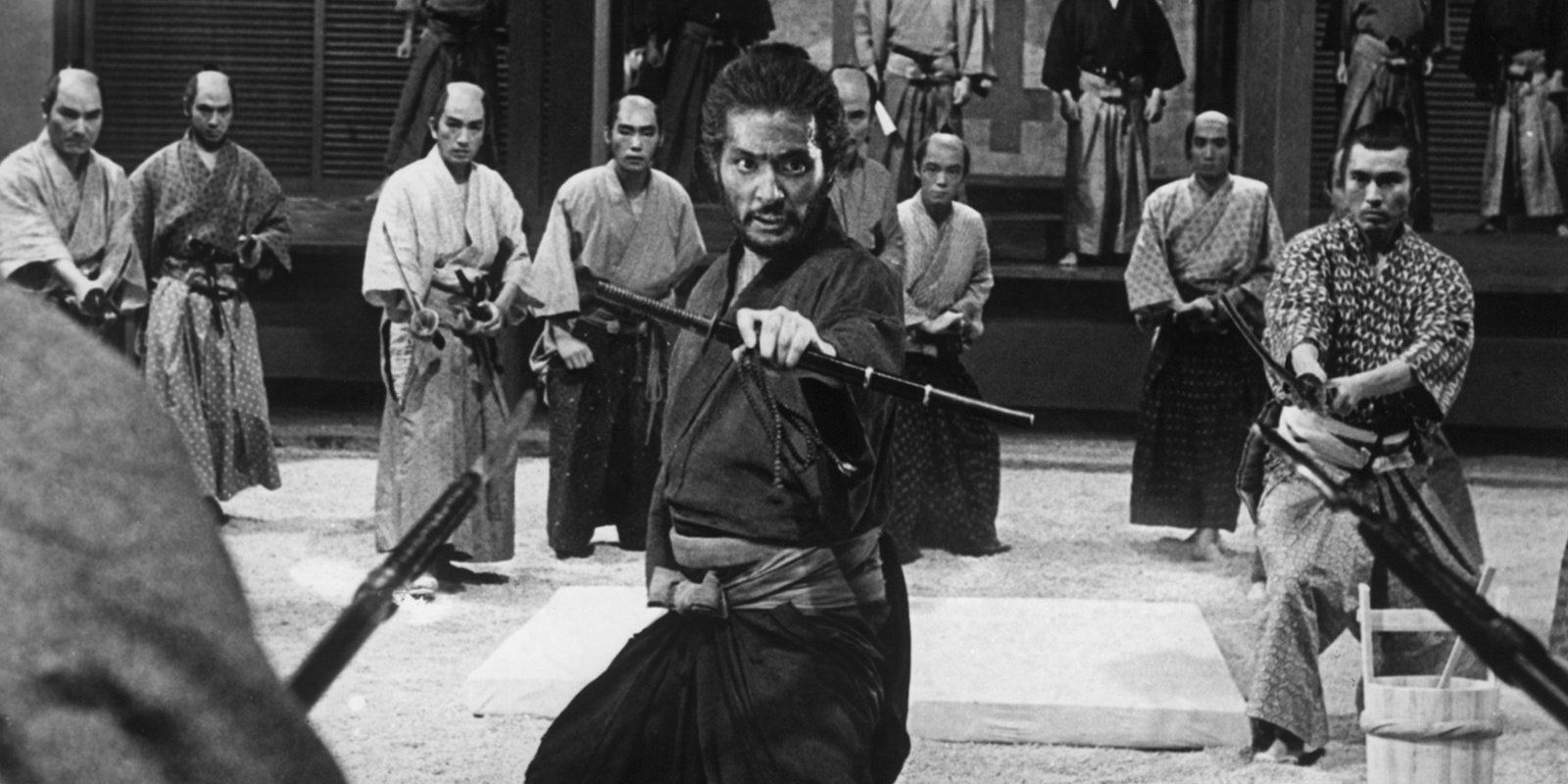
RT Score
Letterboxd Rating
Where to watch
100%
4.7
The Criterion Channel
A Japanese tradition that weighs heavily over Shōgun is that of seppuku, a ritual suicide carried out by samurai who are seen to have dishonored themselves. 1962s Harakiri (another word for seppuku) follows a rōnin (Tatsuya Nakadai) who arrives at the castle of a local lord and asks for permission to commit seppuku on his land. This request leads to the rōnin to explain what has brought him to this point in front of an audience.
Many consider Harakiri one of the finest films ever made. Its slow and deliberate tracking shots give the decision the rōnin is making an appropriate contemplative weight. The film provides an avenue to understand this weighty samurai ritual and the honor-based culture that derives it.
Seven Samurai Is an Unparalleled Masterpiece
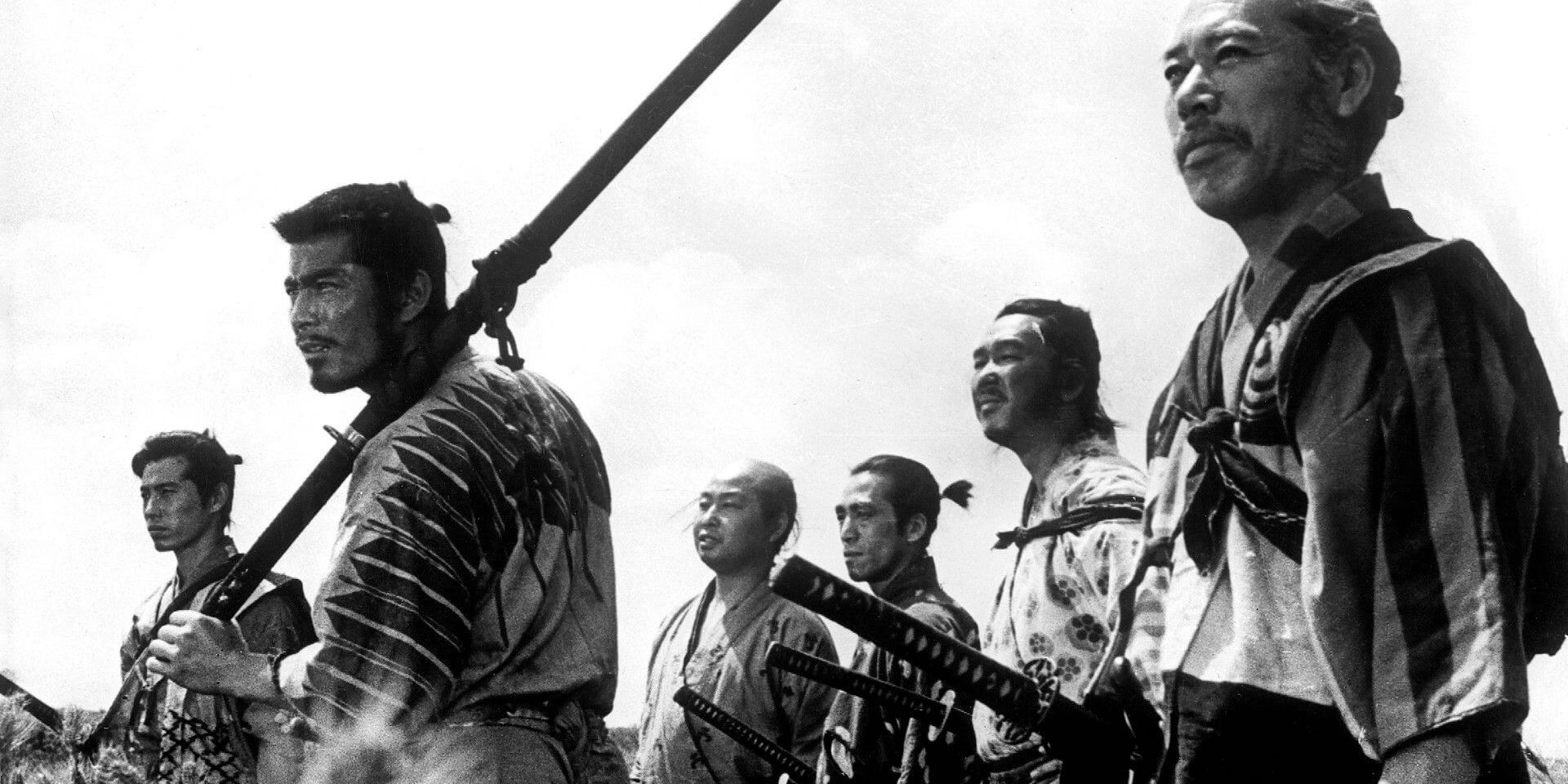
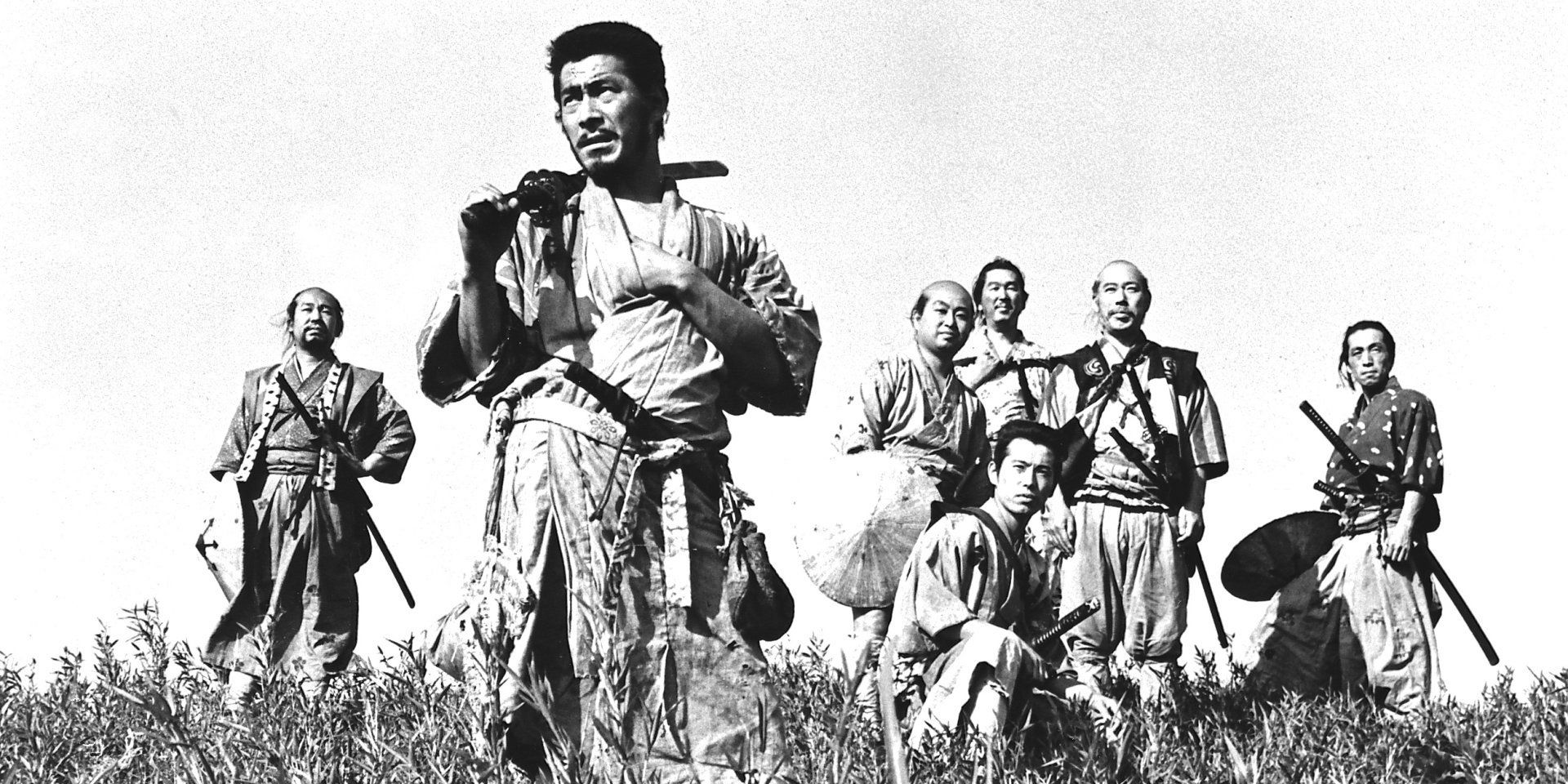
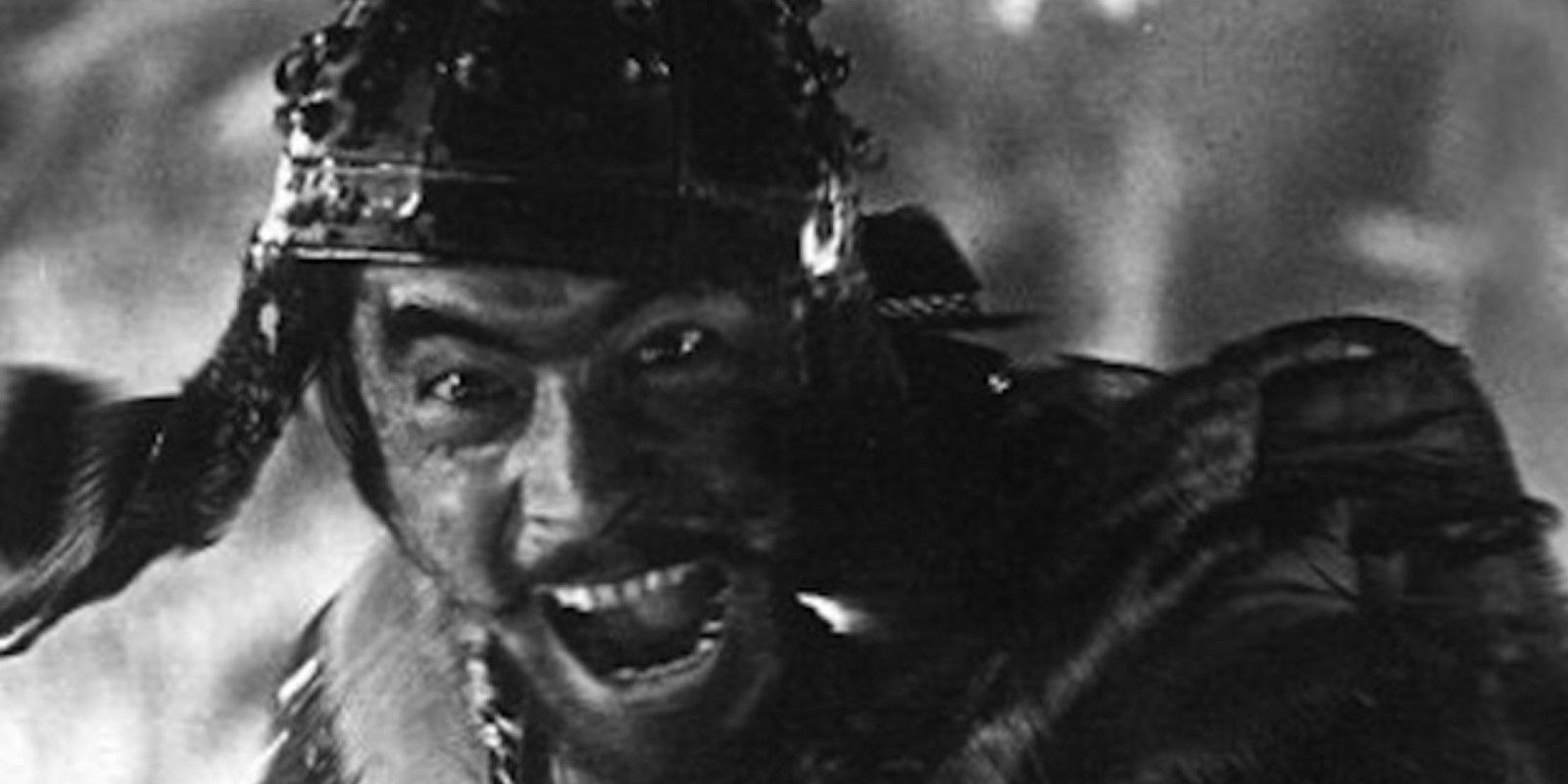
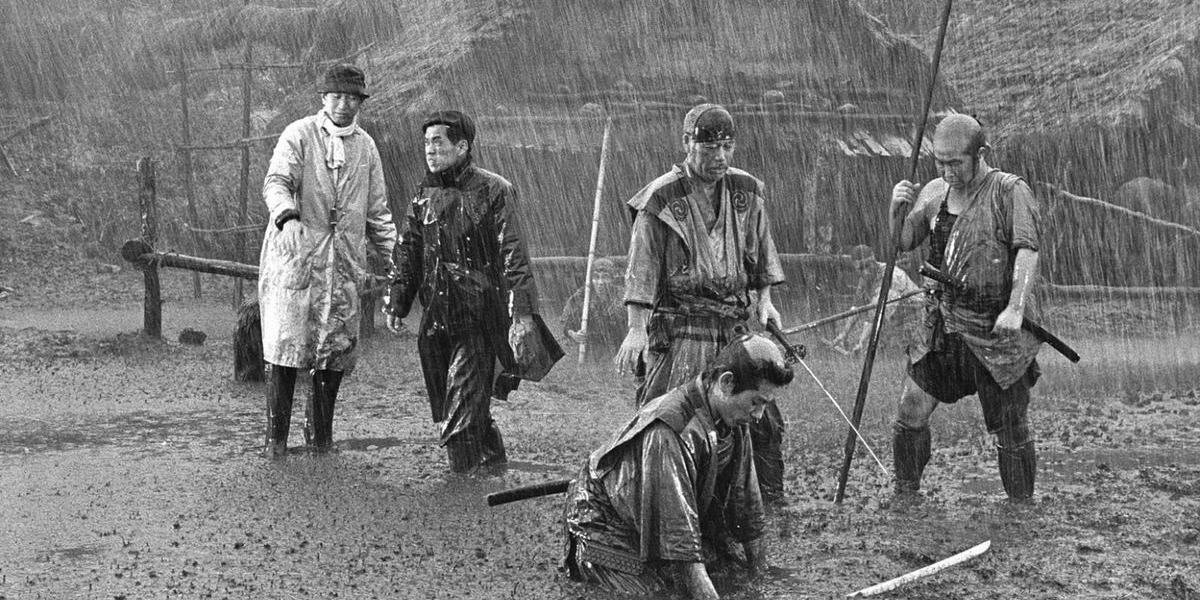
RT Score
Letterboxd Rating
Where to watch
100%
4.6
Max and The Criterion Channel
Perhaps it is cliché, but it feels inevitable that a list like this must conclude with Seven Samurai. The third entry for both Japan’s master director, Akira Kurosawa, and one of the nation’s finest actors, Toshiro Mifune, the film takes place about 15 years before the events of Shōgun. In a time of lawlessness, a village besieged by bandits sets out to hire seven wandering samurai (rōnin) to help defend them against their attackers.
The 50s epic stands as one of the most influential and important films ever made. It defines an image of feudal Japan but focuses on those at the bottom rather than at the top and sets the tropes and conventions for the modern action movie.

